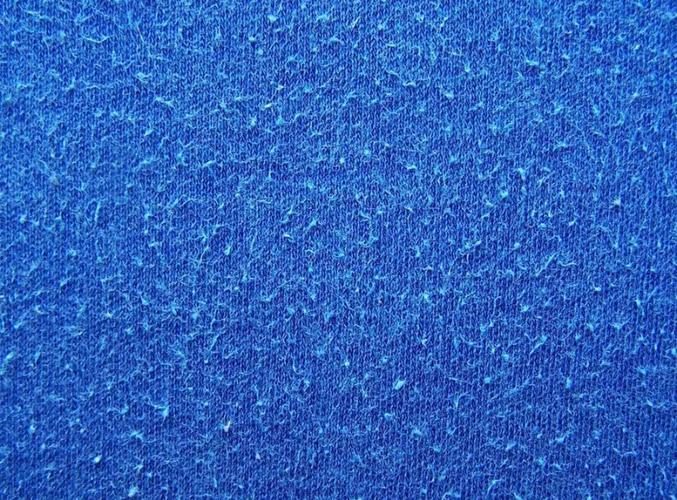Over time or due to various factors like improper washing or storage, clothes can become wrinkled and lose their original beauty. In this article, Fashion Bandung discusses the causes of this and offers tips to prolong clothing life.
Cotton fabric tends to pill easily due to its structure and properties.
Fabric cotton fabric pilling is primarily caused by the inherent nature of cotton fibers and the manufacturing and usage processes of the fabric. Allow us to examine some of the key factors with Fashion Bandung:
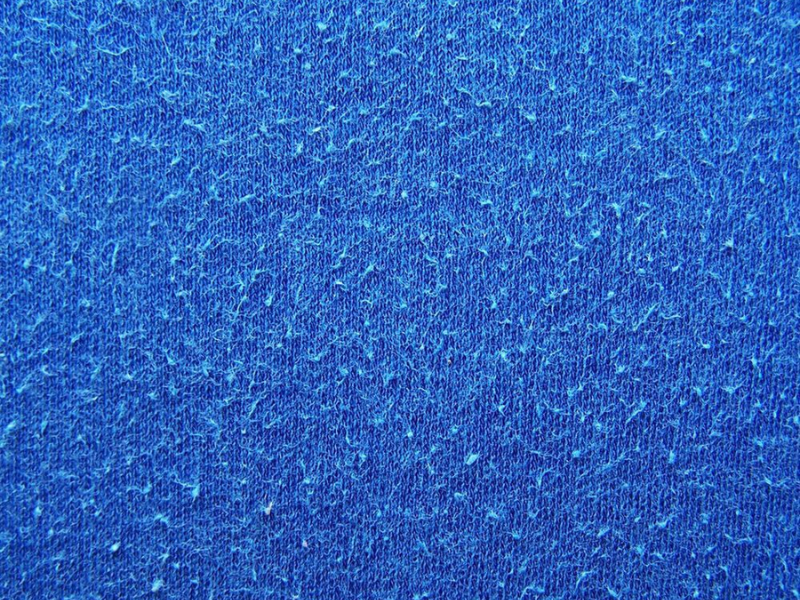
Why cotton fabric is susceptible to pilling.
Cotton fiber structure
Natural cotton fibers have a twisted structure and a slightly uneven surface. When the fabric is used and washed, loose fibers and weakly attached parts may be pulled from the fabric surface, resulting in the formation of pills.
Due to fabric surface friction
Friction is an unavoidable aspect of our daily activities such as moving, sitting, and standing. Clothing areas that experience more friction are more likely to develop pillings. For instance, the buttocks area of pants often gets pillings due to contact with surfaces when sitting for long durations. When cotton fabric rubs against other surfaces during use, it undergoes friction that can release tiny fibers. As a result, some fibers break and lead to the formation of pillings.
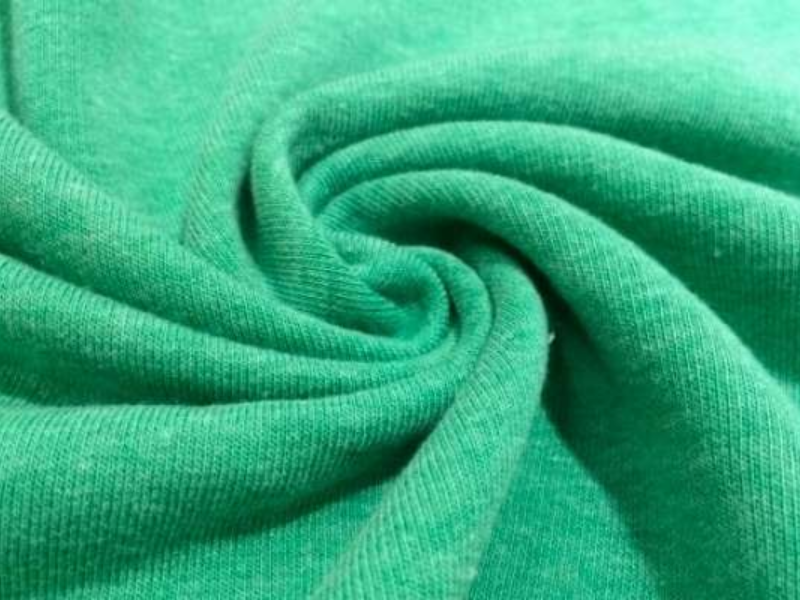
Friction on the surface of the fabric, whether while sitting or moving, increases the likelihood of pilling.
The washing process
Improper washing practices, such as using hot water, harsh detergents, or a high spin cycle in the washing machine, can increase the chances of fibers shedding in cotton fabrics and lead to pilling. Additionally, the shrinkage of fabric fibers caused by hot water can also contribute to this issue.
Fabric quality
There are various types of cotton, and the quality of the cotton fibers impacts how likely it is to pill. Fabrics made from shorter or lower-quality cotton fibers tend to pill more compared to those made from longer and finer fibers. Additionally, fabrics woven from short fibers like cotton, wool, and polyester are naturally more prone to pilling than other natural fabrics. Cotton fabrics that are blended with other materials are also more susceptible to pilling.
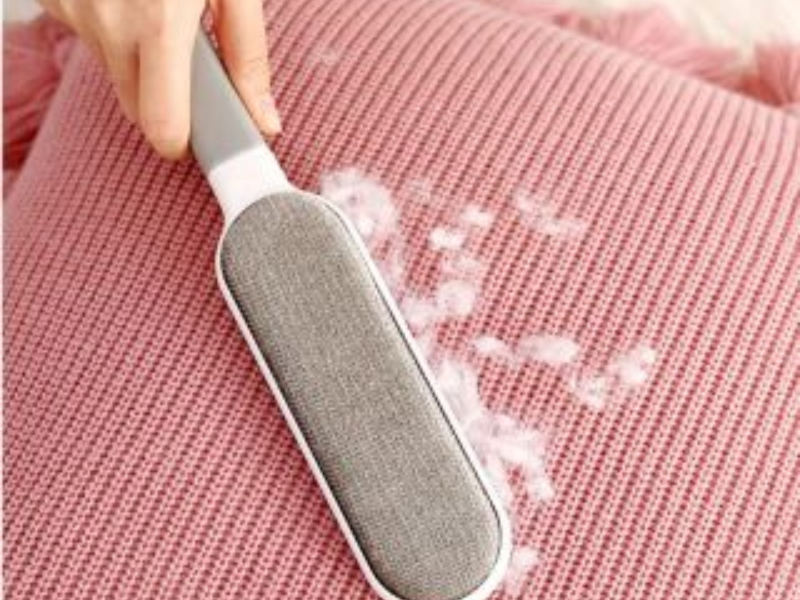
Short fibers such as cotton, wool, and polyester are susceptible to pilling.
Find out more: Cotton Fabric: Exploring Benefits and Drawbacks of this Material
Methods for resolving pilling issues in cotton fabric.
Cotton fabric pilling can diminish its appearance and is often replaced easily. However, if it’s a shirt that you truly adore, don’t be quick to dispose of it. There are still simple solutions to address this issue at home. Fashion Bandung will now summarize and provide these solutions for you.
Use a wide-toothed comb
Combs with small, thick teeth serve multiple purposes. They are not only useful for smoothing hair but can also help fix pilling on men’s t-shirts. It is important to handle the comb with care and gentleness to avoid further damage to your favorite shirt.
To remove pilling, take a comb and brush it slowly and gently along the length of the coat. Avoid brushing too quickly as this can cause the pilling to clump and attract more fibers, making it more challenging to remove.
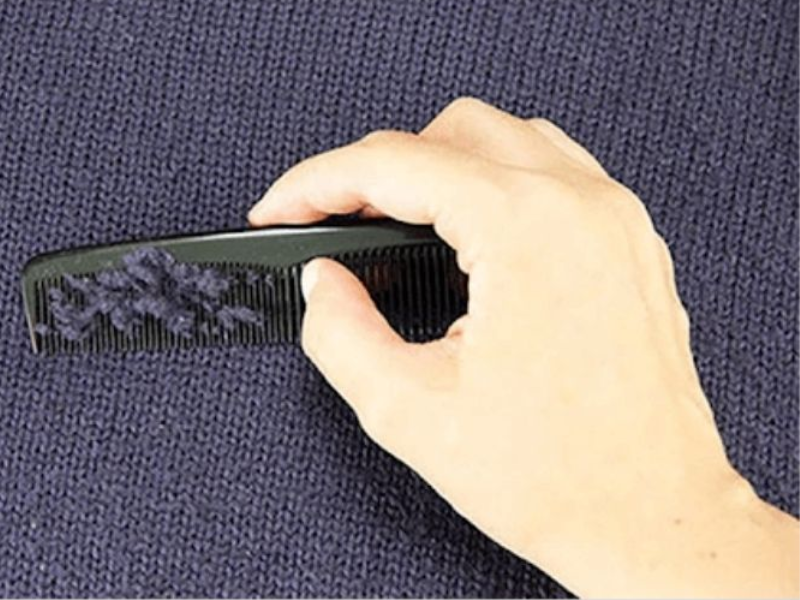
Use a small-toothed comb to remove pills from fabric.
Use tape
Duct tape is readily available in stores or in your home cupboard, and it can be a simple and effective way to remove cotton fabric pilling. Instead of buying a new shirt, using duct tape can help you save money while keeping your clothes looking fresh and long-lasting.
To address pilling on a sweater, masking tape can be utilized. Apply a strip of tape to the affected area and swiftly remove it. Continue this procedure until the sweater is free from pilling. It is important to note that not all types of tape are suitable for this task, as regular tape may harm the sweater or remove delicate fabric. Therefore, opt for masking tape to ensure the sweater’s safety throughout the process.
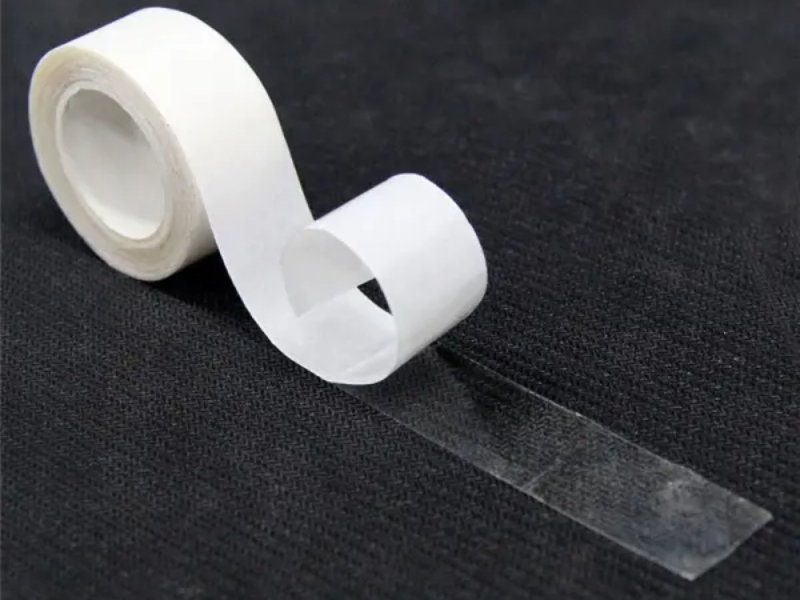
Use masking tape to remove pilling.
Using an iron
We typically use an iron to remove wrinkles from clothes, but it can also be used to restore fluffiness to a shirt. By using the iron at the appropriate temperature, it becomes easier to eliminate any lint or fluff balls from the fabric.
When using this method, remember to prioritize ironing the inside of the shirt to prevent fading the fabric. However, if your T-shirt is a light color, it is safe to iron the outside of the shirt.
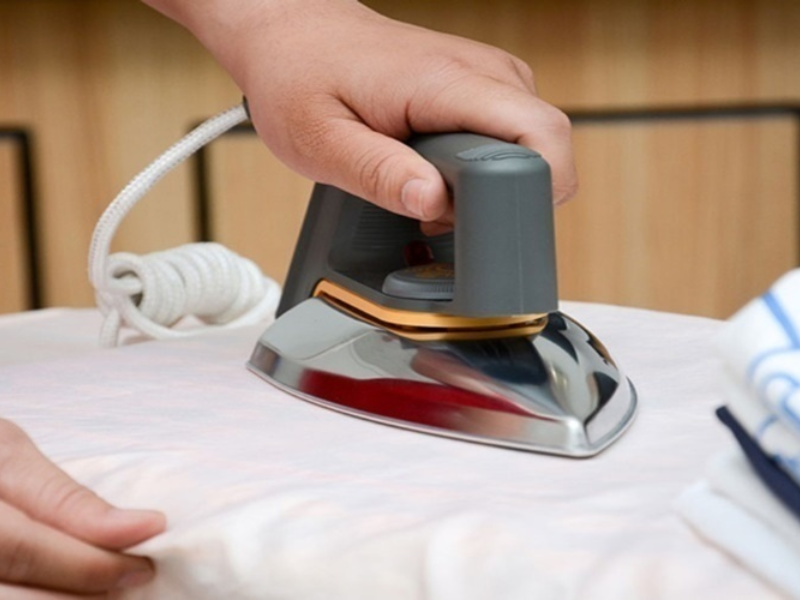
Use an iron to remove pilling from fabric.
Use a dishwashing sponge
In addition to cleaning dishes, dishwashing sponges can also be used to clean surfaces. They can also be used to remove cotton fabric pilling. Simply lay the garment flat and use the rough side of the sponge to gently brush over the fabric. The lint will stick to the sponge.
However, it is important to handle the garment delicately in order to prevent any damage. This technique is typically advised for wool garments rather than other materials.
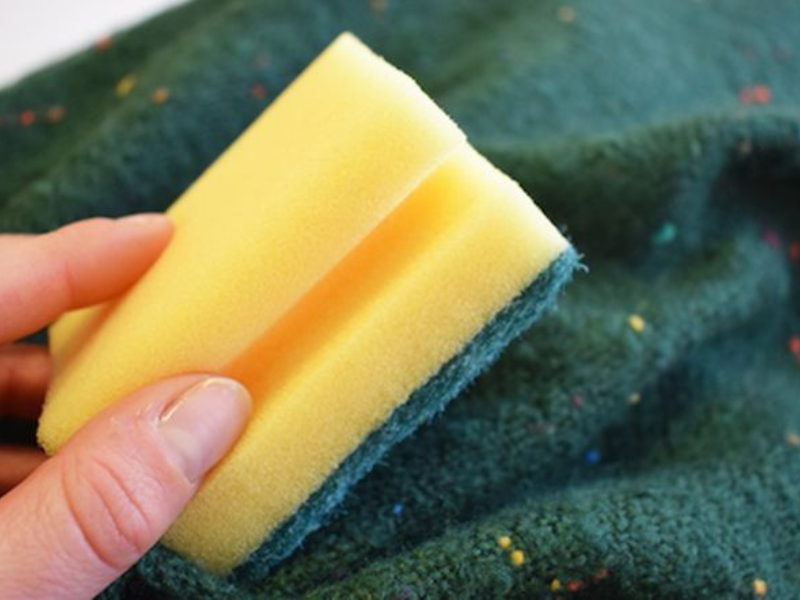
Treat pilling with a dish sponge.
Using a razor blade
Using a razor blade is more effective compared to other methods, but it also comes with a higher risk of potentially tearing the garment if not done carefully. It is crucial to handle the razor blade with caution and work gently to prevent damaging the garment and worsening its condition.
The process is extremely easy. You just need to use a regular razor blade to easily eliminate the pilling on the shirt. Start by washing and drying the shirt. Once it’s dry, lay it flat on a surface. Use one hand to stretch the fabric and gently scrape the pilling areas with the other hand.
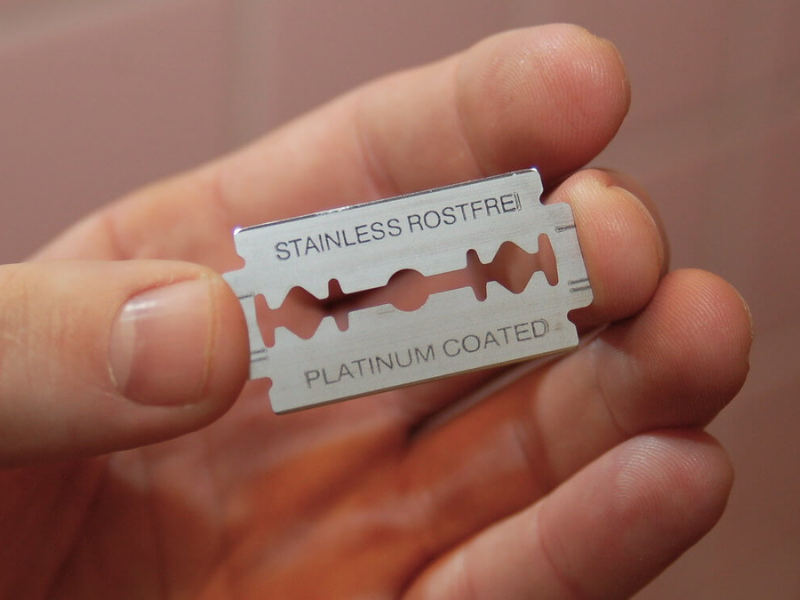
Remove pilling from fabric using a razor blade.
Using a hair clipper
To cater to everyone’s need for dealing with cotton fabric pilling, there are currently numerous handheld cutters available in the market that can effectively and swiftly address the issue. These cutters come in two primary types: battery-powered and electric. Depending on your requirements and usage frequency, you have the flexibility to choose the machine that fits within your budget.
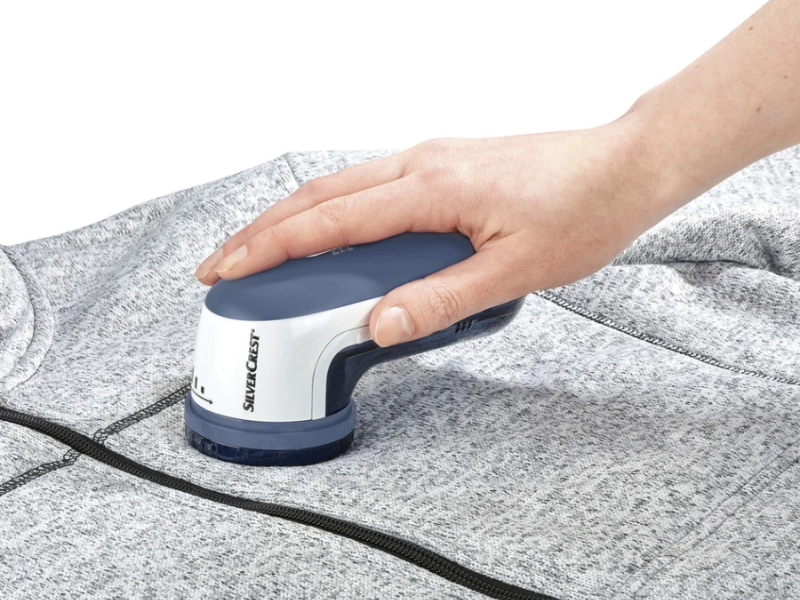
Utilize a specialized machine to deal with fabric pilling.
Below are some precautions to remember when storing fabrics to prevent pilling.
Opt for a mild washing cycle when cleaning cotton garments.
If you have fabrics that are likely to pill, like knitwear, choose a gentle cycle when washing. You can also minimize contact with other garments by placing the item in a laundry bag, or alternatively, hand wash it.
To prevent pilling, do not overload the washing machine by cramming too many clothes into the drum. This will cause increased friction and compression.
To protect the fabric and prevent unraveling, opt for the cold water wash mode. High temperatures can weaken fabric fibers. Additionally, consider using fabric softener, as it can soften the fabric and reduce friction between the fibers when washing.
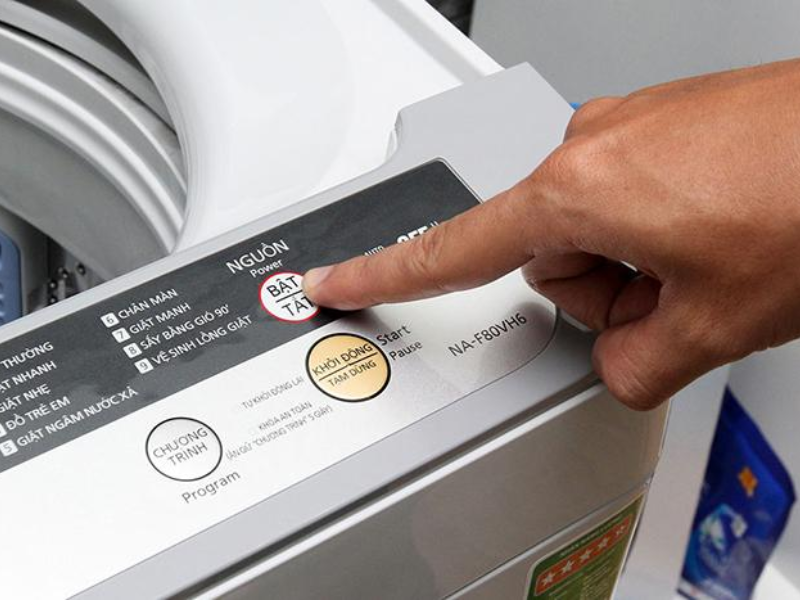
Select a mild washing cycle for your cotton garments.
Please restrict the utilization of dryers for drying garments.
Using a dryer is convenient, especially when the weather is humid. However, if you dry cotton clothes in a dryer, they may unravel and develop pills faster compared to drying them outdoors. It is recommended to limit the use of dryers in order to maintain the fabric’s strength over time and prevent the quality of the fabric from degrading with each drying session.
If using a dryer is unavoidable, it is recommended to use a low heat setting to prevent fabric damage. However, a safer alternative for drying cotton clothes is to use a fan.
Use a laundry bag while using the washing machine.
Cotton clothes are typically thin and soft, making them vulnerable to damage, stretching, and fading when subjected to the force of a washing machine. To ensure their durability, it is advisable to place them in a laundry bag before washing them, effectively protecting them from any adverse effects during the washing process.
Sort your clothes based on material before starting the washing process. Place soft, thin, stretchy clothes in a laundry bag to reduce friction during the washing machine’s operation. This will help protect the clothes from wrinkling and damage after washing.
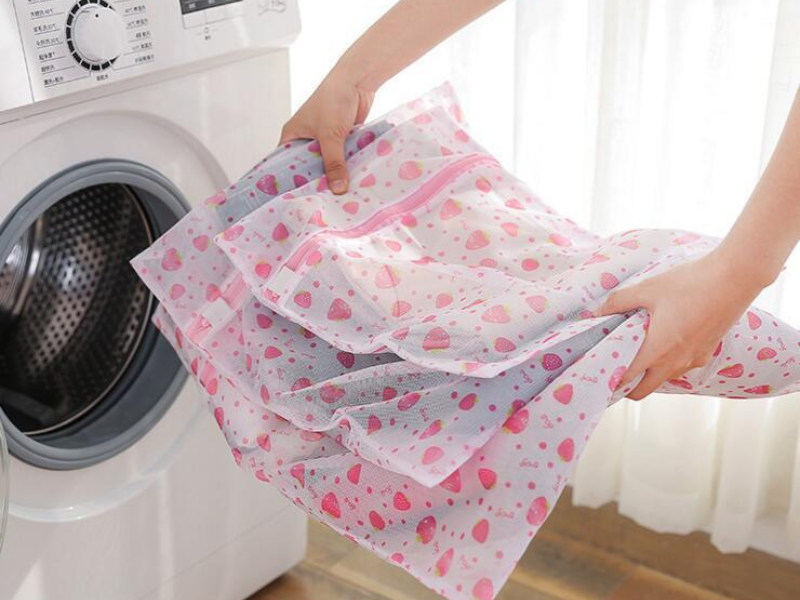
Please use a laundry bag when using the washing machine.
These are the reasons behind the occurrence of fabric pilling. Additionally, we provide helpful tips to address this issue promptly, allowing your garments to regain their original beauty. We hope that these suggestions from Fashion Bandung prove beneficial when tackling fabric pilling problems.
Fashion Bandung – Men’s Fashion
“Learn more:”

